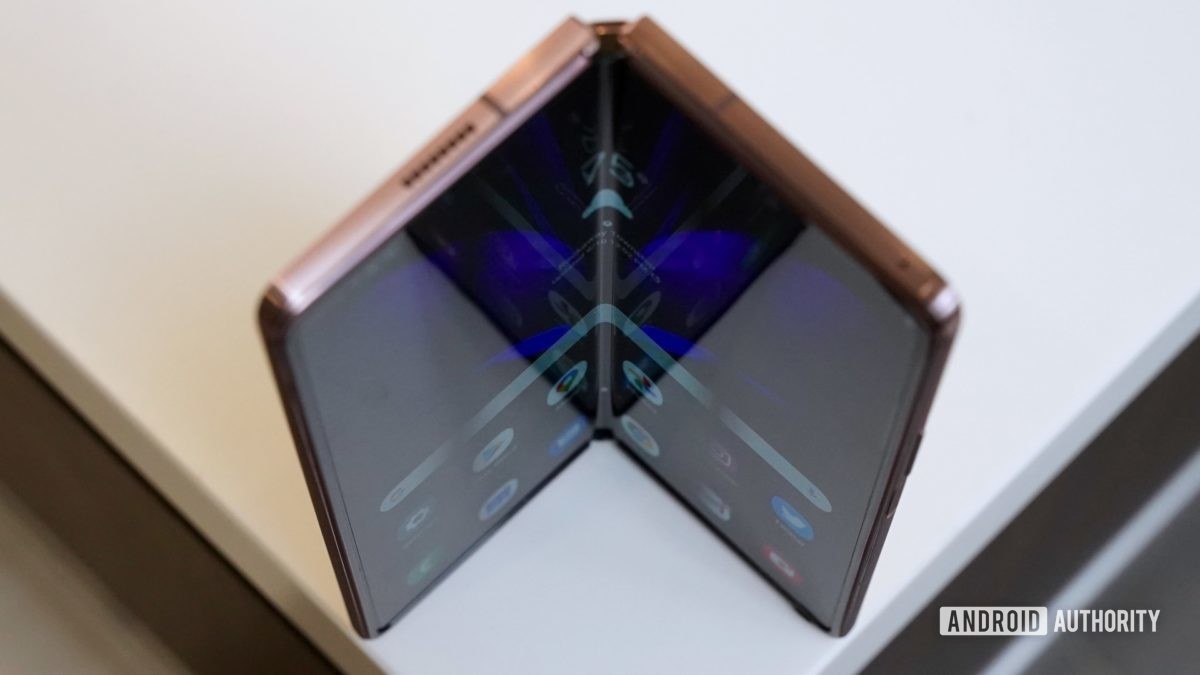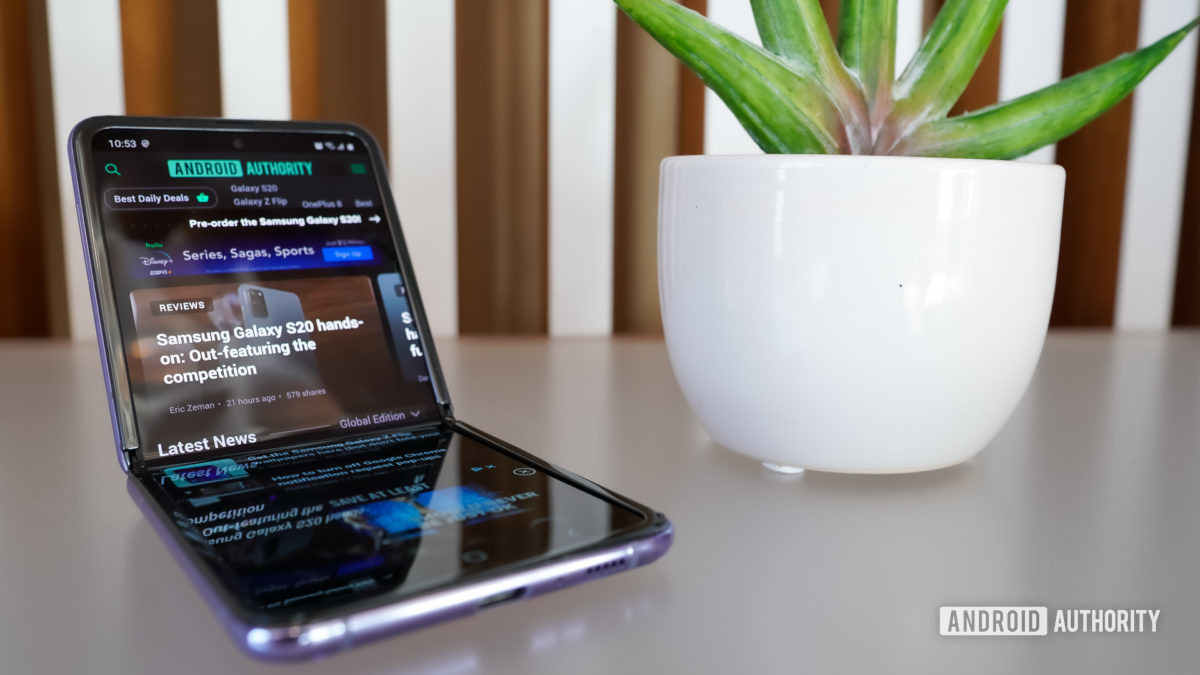“Get ready to unfold,” says the invitation to Samsung’s next Galaxy Unpacked event, scheduled for August 11. When Samsung says “unfold”, I hope it’s not referring to our wallets and the Galaxy Z Fold 3 price.
The company is widely expected to announce at least two new folding phones in addition to some smartwatches and possibly headphones. The devices will surely boast a bevy of new and exciting features that go beyond the dazzling technology of folding screens. If there’s a single new thing about the Samsung Galaxy Z Fold 3 and Z Flip 3 I’m interested in, however, it’s lower prices. Here’s why.
Nixing the niche

At $2,000, the Samsung Galaxy Z Fold 2 was a luxury item few could afford. The phone was so expensive Samsung offered 48-month financing to those interested in buying it. Even broken down over four years, the Z Fold 2 costs $42 per month. The original Samsung Galaxy Fold was no cheaper at $1,980. At twice the cost of the Galaxy S21, these are not phones most people can afford.
The same goes for the Samsung Galaxy Z Flip. A lesser phone than the Z Fold in every way, the Z Flip went on sale for $1,380. Samsung later released a 5G version for $1,450. These prices exceed those of the most expensive Apple iPhones, meaning the Z Flip was also out of reach for most people.
This is a shame, as folding screen technology is one of the most interesting developments to reach the cell phone market in years. Bending displays have brought us fresh form factors that merge some of the best of ideas both old and new. Given the widened use cases these phones introduce, it’s a pity that so few people can take advantage of them.
Lower prices could help push the folding phone from a niche play to a more mainstream device.
Samsung isn’t alone in charging a lot for folding phones. Huawei’s Mate X2 bears a price tag that nears $3,000. Motorola wants $1,400 for its folding Razr 5G.
Lowering the prices of these technical marvels could help push the folding phone from a niche play to a more mainstream device.
Can Google do it? Google is widely believed to have its own folding phone in the works. Given the affordable pricing of Google’s more recent Pixel phones, perhaps the Android maker will be the company that brings folding phone prices down to earth.
More accessible

There’s some small hope that prices will indeed be lower for this new generation of flexing phones from Samsung. Last December, Samsung President and Head of Mobile Communications Business TM Roh wrote a blog post about the year to come. In that post, Roh hinted that prices will come down.
“We’ll be expanding our portfolio of foldables so this groundbreaking category is more accessible to everyone,” said Roh. In this context, saying “more accessible” may be code for less expensive. It’s not a slam-dunk guarantee, but it’s a strong indicator nonetheless.
Just where those prices will land is still a mystery. Even if Samsung drops the prices by 20% (which is probably a stretch), you’re still looking at wickedly expensive devices. The Z Fold 3 would cost $1,600 and the Z Flip 3 would cost around $1,200. Those price tags remain in the league of unaffordability for most.
The very latest news dashes my hopes a bit. Samsung is already taking preorders for the new phones on its website. As it so often does, Samsung is giving people the opportunity to lower the cost of the new phone by trading in an old one. However, rather than limit potential buyers to a single trade-in device, Samsung is allowing people to trade in up to two devices to help defray the price tag of the Z Fold 3 or Z Flip 3. Why would you need to trade in two devices if it’s “more accessible”?
It would be a shame if Samsung kept the Galaxy Z Fold 3 price out of reach.
Even more troublesome is a series of leaked prices for the new phones, which suggest significant price increases rather than price decreases.
Surely the Samsung Galaxy Z Fold 3 and Z Flip 3 will be lust-worthy, merging the best in design with the most advanced tech there is. It would be a shame if Samsung kept the Galaxy Z Fold 3 price out of reach.